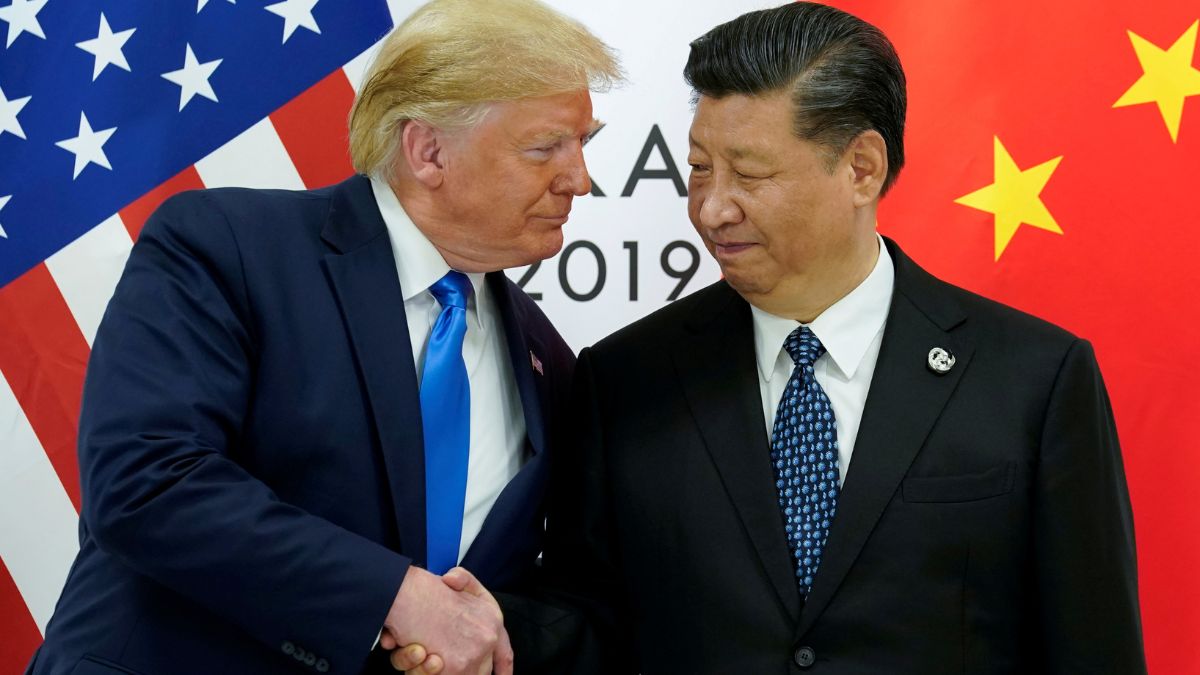Brisbane: It is not often that a visiting team arrives at the Gabba and gets the red carpet treatment. In the lead-up to the first match, England would have heard about how the Australian bowlers were going to target their throats and armpits on a fast and bouncy pitch. But all those theories were laid to rest when the first ball of the match failed to carry to wicketkeeper Tim Paine. It was nothing like the traditional Gabba wicket. If anything, it resembled more of an English track with its dampness and sluggishness. [caption id=“attachment_4229059” align=“alignleft” width=“380”] Australian openers David Warner (R) and Cameron Bancroft guided hosts to a 10-wicket win on Monday. AFP[/caption] This was England’s chance to make a statement with the bat and put Australian under the pump. At one stage they looked destined to reach a score of 350-400, but lost their last six wickets for 56 runs to be all-out for 302. It was the first opportunity they had missed in the series to really bury the Australians. However, their bowlers led by James Anderson and Stuart Broad made the most of the slow, two-paced surface by having Australia on the ropes at 209/7, but simply finished to polish off the Australian tail. Coming into the series, the lack of a genuine quick bowler was always going to haunt England and it will continue to do so. They simply had no one to intimidate the Australian lower-order with pace through the air or lift off the pitch. To make matters worse, the lack of support for James Anderson and Stuart Broad highlighted the deficiencies in their armoury. On the other hand, it was Australia that had their back towards the wall, at least for the first two days. The result of the toss was unkind to them, the pitch was heartless for their quicks on the first two days, and their opposition was starting to gain some belief. The door was still wide open for England to crash the party. They had been the front-runners and had to cash in, but instead of seizing the initiative, they let Australia back into the match. To be fair, England tried every trick in the book to dislodge Steve Smith, but the Australian skipper stood firm, and with some assistance from the lower-order, started to sway the game in his teams favour. Slowly, the red carpet was being taken away from the visitors. The sun had broken through the clouds on a constant basis and the pitch changed its nature. The crowd rallied behind the home nation and Smith’s stunning knock ensured the Australia were no longer the victims. By the end of day three, the Gabba had turned into the ‘Gabbatoir’; a name famously given to the venue because of the way visiting teams unravel in the hostility of the pitch, the crowd and the Australian fast bowlers. Even the most experienced of the lot, Alistair Cook was unravelled in it. He attempted an overambitious hook shot and lost his wicket. Mark Stoneman received a handful of bruises under the armpit from Pat Cummins and Joe Root was nearly floored by a blow to the helmet. England had to be ruthless in that first innings, but they weren’t, and it was starting to haunt them. Australian bowlers gained that yard of pace and the close-in fielders started to get very chirpy. The red carpet was well and truly buried. The extra pace on the pitch meant that only a slight error in judgment led to the ball kissing the edge and carrying to the slip cordon. In the first innings, English batsmen could adjust to the seam movement, but now they were dead ducks. All the dedication and application of the first innings went out of the window. Joe Root lost his concentration at the stroke of lunch. Moeen Ali looked lethargic as he tried to ground his foot behind the line while trying to playing a forward defence and ended up getting stumped. Jonny Bairstow picked out a fielder that was strategically placed for him at the third-man. For nearly an hour, Nathan Lyon kept spinning the ball past the left-handers’ blade. He had removed Stoneman and Malan, but England kept throwing up the left-handers at him. It might have been a better tactic to break up the sequence and send in Bairstow ahead of Moeen, but by now, the English minds had been scrambled. This was followed by some outrageous decision-making in the lower ranks. When runs were at a premium, Jake Ball tried to defend short balls by taking them on the body. He would have been much better off ditching the courageous attitude and attempting some wild hoicks to see if England could have conjured up another 10-15 runs. He was never going to score runs defending and who was he protecting? The No 11 James Anderson. England had capitulated on the field and in the mind. For the first two days, they got the rub of the green and the luck of coin, but failed to cash in. Sometimes you only get one bite of the cherry. England had missed it.
England got the rub of the green and luck of coin, but failed to cash in. Sometimes you only get one bite of the cherry, and England missed it.
Advertisement
End of Article


)

)
)
)
)
)
)
)
)



